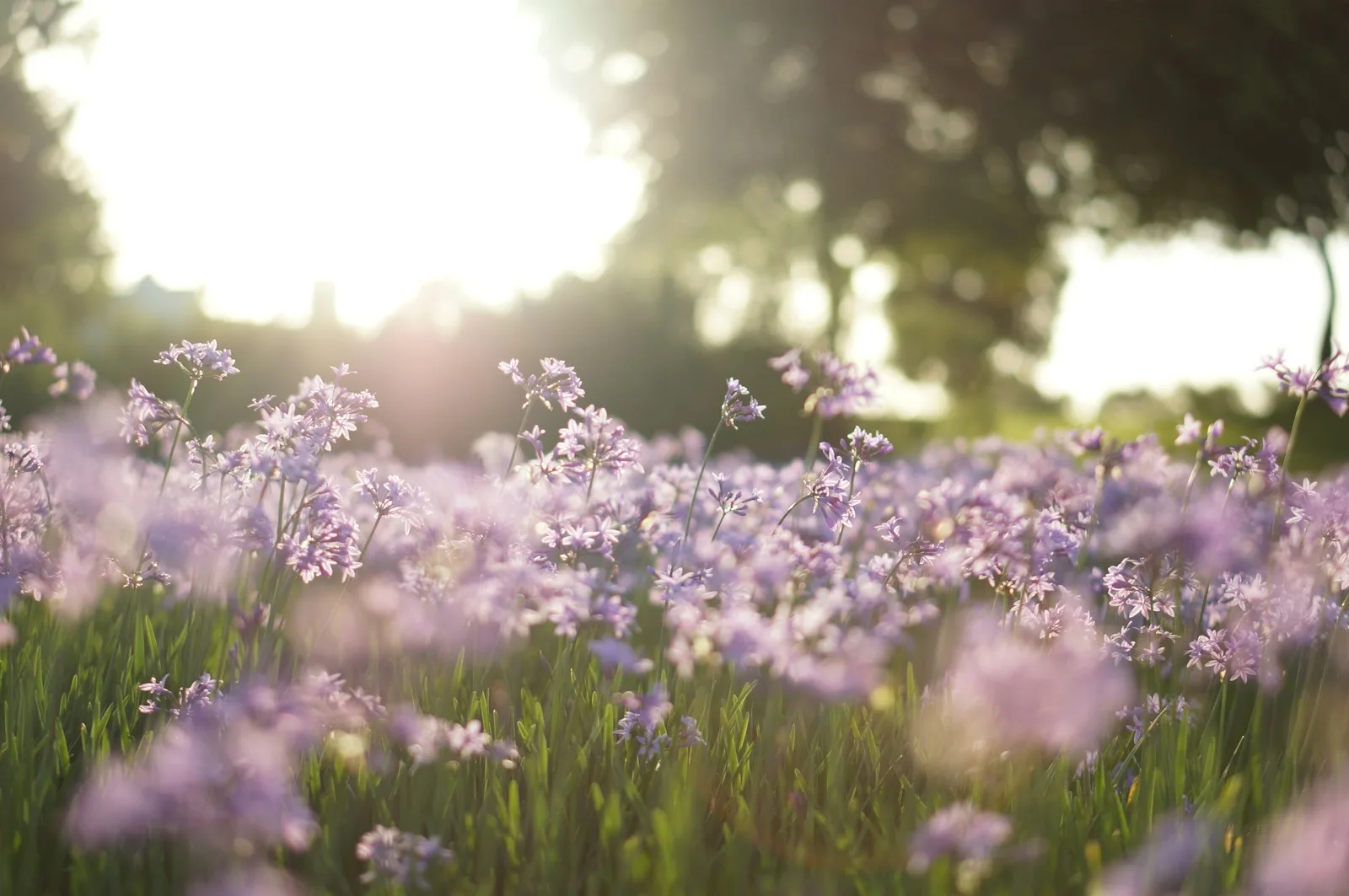
Table of Contents
Wild violets are good for aerating the soil and adding nutrients, as are dandelions. Their wide roots loosen compacted soil, increasing drainage and aeration. By drawing important elements such as calcium and potassium to the surface, this process makes them accessible to other plants.
With its beautiful flowers and heart-shaped leaves, wild violets can add a delightful touch to your yard. Although some people see them as weeds, others appreciate their beauty and pollinator value. Because of their durability and ability to thrive in a variety of conditions, they are a low-maintenance choice for naturalizing areas or filling gaps in flower beds. Adding a whimsical and colorful touch to your outdoors, wild violets can be a welcome addition to any garden thanks to their early spring blooms and sprawling nature.
7 Natural Ways to Add Nitrogen to Your Garden Soil
9 Reasons to Include Wild Violets in Your Garden
Great Source of Food for Pollinators
Because they provide an essential source of nectar and pollen for bees and other pollinators, wild violets have a special place in maintaining regional ecosystems. Their presence attracts bees, which are essential for pollination—a process essential to the growth of fruits and vegetables.
When violets are planted next to other spring flowers, such as dandelions, they increase the diversity needed for a healthy pollinator population.
How to get Started with Beekeeping
Helpful in Aerating the Soil

Like dandelions, wild violets are beneficial for aerating the soil and enriching it with nutrients. Their deep roots break up compacted soil, improving aeration and drainage. This action helps pull essential nutrients like potassium and calcium to the surface, where they become available to other plants.
It’s Edible and Nutritious

Wild violets are edible and offer a range of culinary uses. Their leaves and flowers are packed with vitamins, and they make a delightful addition to a salad.
Crafting

Wild violets are useful for a variety of crafts. Their vivid petals can be used as a natural dye for fabrics and candle wax, giving beautiful colors to handicrafts.
Make a Salve

Violets are excellent for creating soothing balms and salves. This can have beneficial effects on the skin, helping to relieve soreness and inflammation.
Makes an Excellent Tea

You can use wild violet as a tea. With a freshly brewed cup, use your foraged wild violets to add some spice to your daily tea routine.
Use as a Garnish

“Incorporate wild violets into your environment to transform your garden into a beautiful and functional retreat. These vibrant flowers are not only eye-catching, but they also provide many benefits that enhance your gardening efforts. As a beautiful garnish, wild violets lend a delicate floral flavor to food preparations. , which makes them even better, however, their usefulness goes beyond the kitchen. , and act as a natural ground cover and embrace their charm and benefit from a vibrant, environmentally responsible landscape. Decorate your favorite beverage with a wildflower garnish. This will be a show stopper.
Make Jam

Experience the complex charm of wild violets while learning the art of jam making. Wild violets are known for their elegant blooms, but they also add a delightful touch to classic preserves. Elevate your recipes to new heights with the mild sweetness and exquisite floral overtones of this purple jewel. Wild violets tempt the senses with their abundance of antioxidants and vitamins, but they also add an extra nutritional boost to your homemade spread.
Embrace the essence of the forest when you turn your garden produce into delicious violet jam jars and savor nature’s bounty in every mouthful.” Violets make a lovely jelly or jam that you can use in your flower-inspired dishes or enjoy on your morning toast or pastry.
Use as Decor

Decorate a spring tabletop with flowers. It’s the finishing touch that awaits your table.
READ | Gorgeous Twinleaf flowers for shade in your garden

